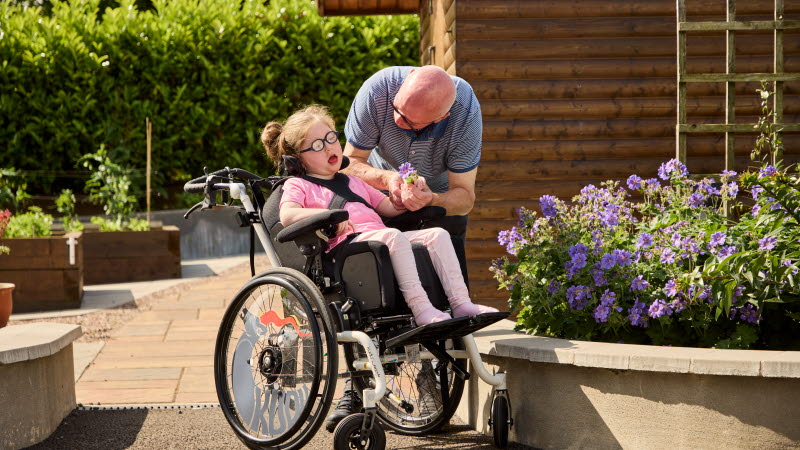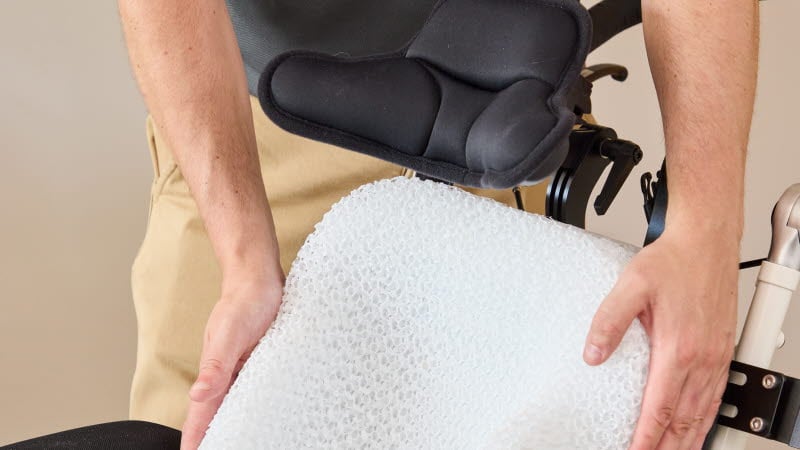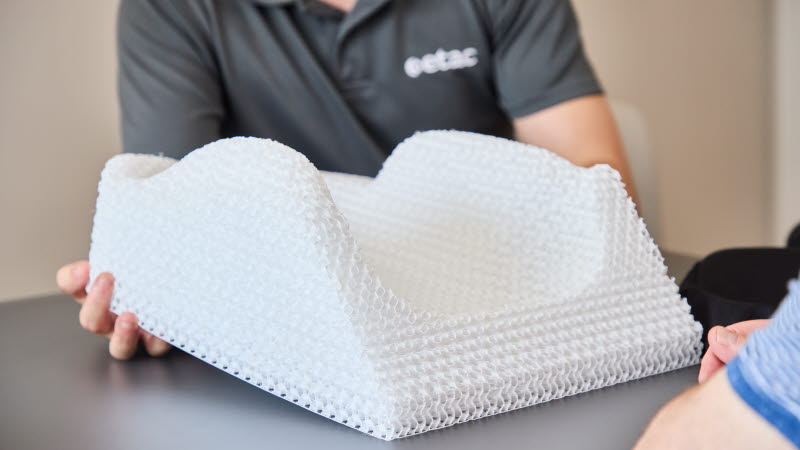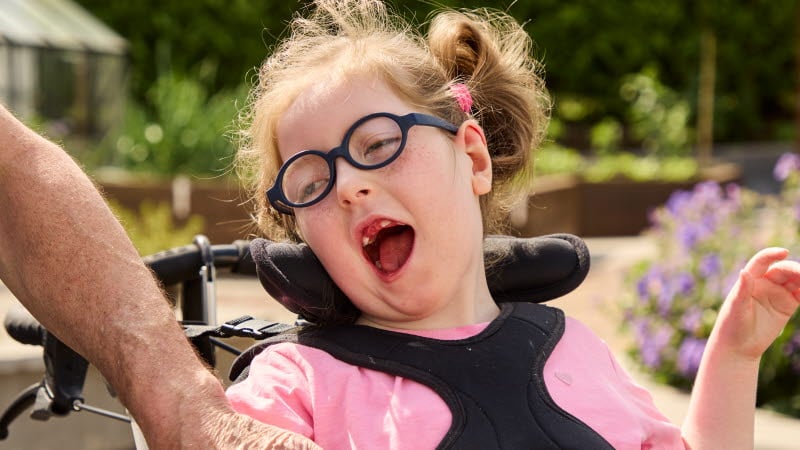Turtle
3D-printed cushions
Innovative technology and thoughtful design tailored to individual needs.
It seems like you are visiting our website from the United States. Do you want to change to our US website?
We believe that every child deserves the support, comfort and opportunity they need to thrive. Every child is unique, and their mobility solutions should reflect that. Our innovative 3D printing technology allows us to create cushions that are perfectly tailored to individual body shapes, posture and needs.
For individuals with complex physical disabilities who rely on seating systems daily, the cushion plays a critical role in ensuring both comfort and postural support. Our custom-made cushions are designed to address essential needs relating to pressure distribution, shock absorption and stability.

By utilizing our innovative 3D-printing technology, we can provide precision and adaptability. The lightweight and durable nature of these solutions not only ensures long-lasting comfort but also makes daily handling and maintenance easier for caregivers.
Our 3D-printed cushions are engineered using advanced design structures, allowing for the precise customisation of contours while the structural design of the 3D-printed cushions is tailored according to specific user requirements for effective pressure distribution. Another key advantage of the 3D-printing process is its ability to produce customised structures with user-specific hardness in key areas.
Additionally, the structure of 3D-printed cushions facilitates airflow and helps to minimise heat and moisture accumulation2. The so-called open-cell structure is designed to maintain its shape over time, ensuring consistent pressure distribution and long-term support.

The materials used to make the 3D-printed cushions are inherently non-absorbent and easy to clean, and the cushions tolerate industrial machine washing at 60°C. Digital manufacturing precision ensures consistency in cushion production, allowing for the exact replication of original specifications based on the user’s scan data.

3D-printed cushions offer a streamlined production process that allows for the precise construction of each cushion based on the scan. This also minimises material waste and increases both efficiency and consistency in manufacturing. Additionally, adjustments can be easily implemented by modifying the digital design, making the process adaptable to changing needs and future iterations.

When designing seating aids for individuals with disabilities, pressure redistribution, shock absorption, and stability are crucial for both health and comfort.
The sophisticated structure, composed of numerous repeating cells, allows for tailored energy absorption and pressure redistribution much like a metal spring with linear-elastic behaviour1. The result is a cushion that maintains its structural integrity while conforming closely to the contours of the user, thus reducing pressure points and improving sitting stability.
The ability to absorb shock and ease pressure is especially important in seating aids for people with limited mobility, who may remain in a seated position for extended periods of time. During compression, the lattice structure gracefully deforms through a process called buckling, which converts mechanical stress into energy absorption1. This phenomenon protects bony areas from pressure sores and prevents discomfort over time. Furthermore, extensive compression testing shows strong resiliency - the 3D-printed structure maintains its shape and functionality even after repeated use1.
3D-printed structures can be designed to absorb greater amounts of energy upon compression, adding an additional dimension of functionality. This approach has been demonstrated in similar honeycomb structures made from thermoplastic polyurethane, where density grading resulted in significantly enhanced energy absorption2,3. Furthermore, their lightweight nature eases both daily handling and eventual maintenance, a crucial consideration for care providers and users alike.
Overall, 3D-printed cushions enable a tailored approach to pressure redistribution, shock absorption and stability in seating aids for people with disabilities. The combination of custom design, resiliency and durability directly contributes to the design of the best possible 3D-printed cushion1,2,3.